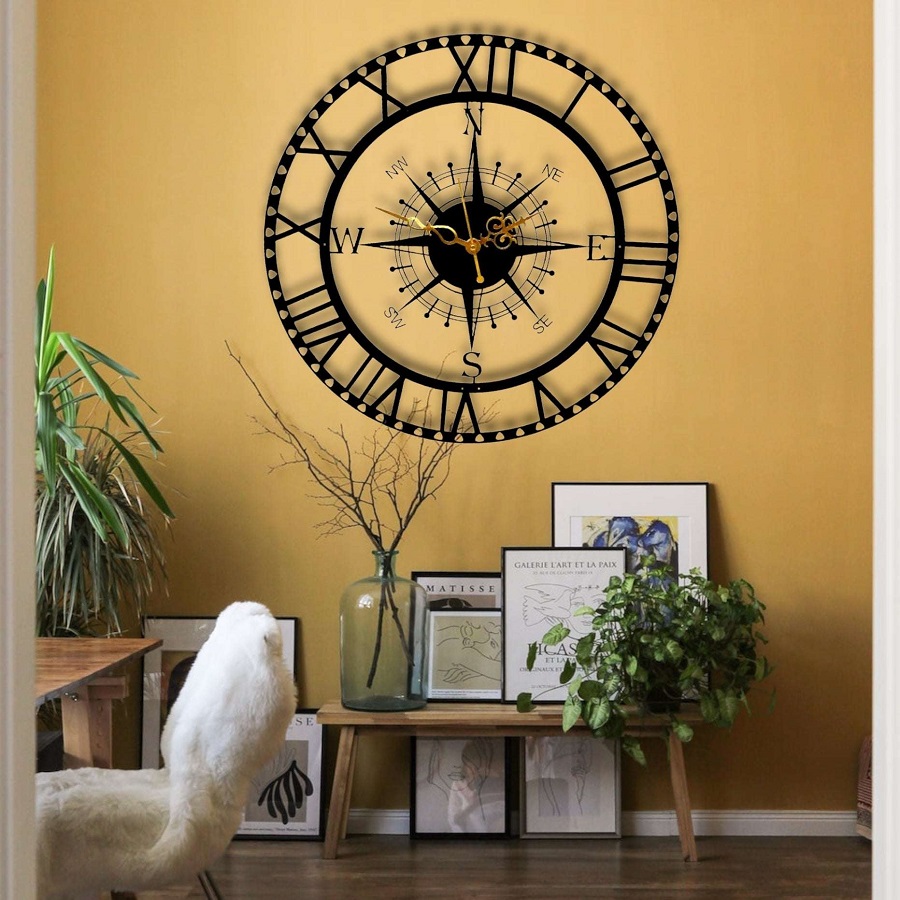Introduction
Wall clocks are more than mere timekeeping devices; they symbolize human ingenuity, craftsmanship, and aesthetic evolution. From their inception centuries ago to their modern, often high-tech counterparts, wall clocks have witnessed significant transformations in design, materials, and functionality. This exploration delves into the rich history of wall clocks, tracing their development, styles, and cultural implications.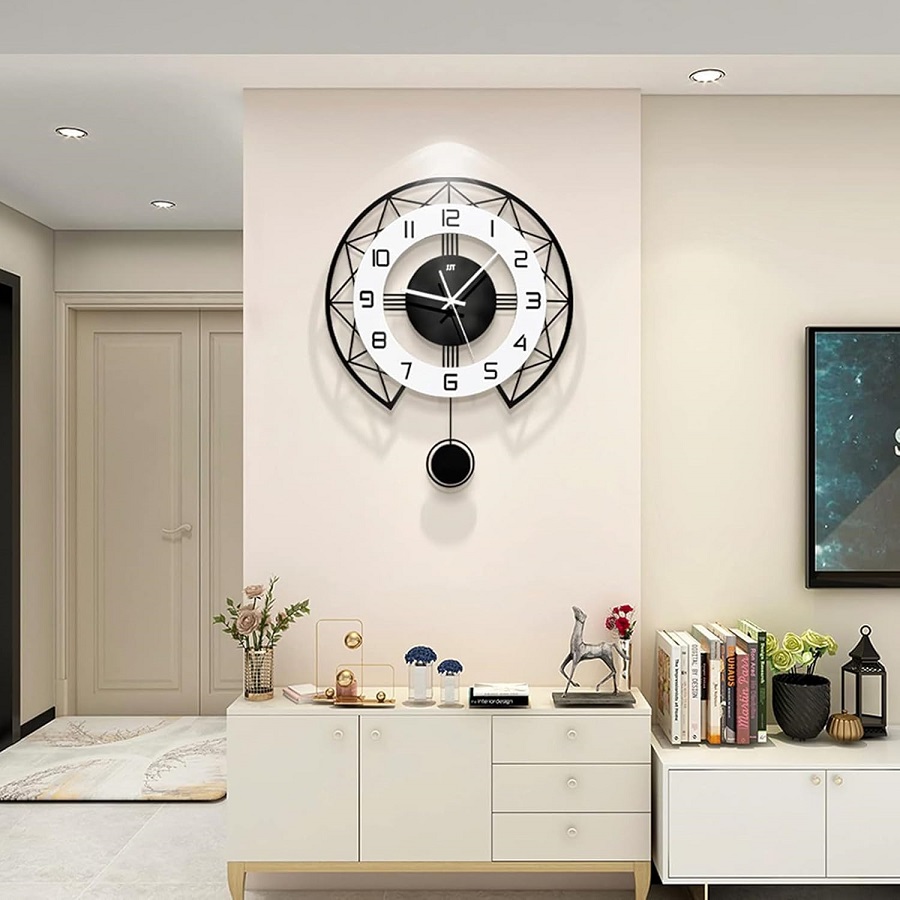
The Birth of Timekeeping
The concept of measuring time can be traced back to ancient civilizations where sundials and water clocks were employed. These early methods were limited by geography and weather, paving the way for the development of more reliable timekeeping devices. The invention of the mechanical clock in medieval Europe marked a pivotal moment. Around the 13th century, centralized clock towers began to emerge in towns, serving both practical and communal purposes.
The Ornate Designs of the 18th and 19th Centuries
By the 18th century, wall clocks began to evolve into statement pieces. The craftsmanship peaked during this period, as clockmakers competed to produce intricate, visually stunning designs. Grandfather clocks, or longcase clocks, became emblematic of wealth and sophistication, often adorned with elaborate carvings and gilded faces.
The Victorian era saw an explosion of wall clock designs, with styles such as ornate Gothic, whimsical Rococo, and minimalist Arts and Crafts emerging. The introduction of mass manufacturing allowed for greater accessibility, and now everyone could adorn their walls with clock art. These designs often featured decorative elements such as floral motifs, birds, and geometric patterns, showcasing the artistic talent of the era.
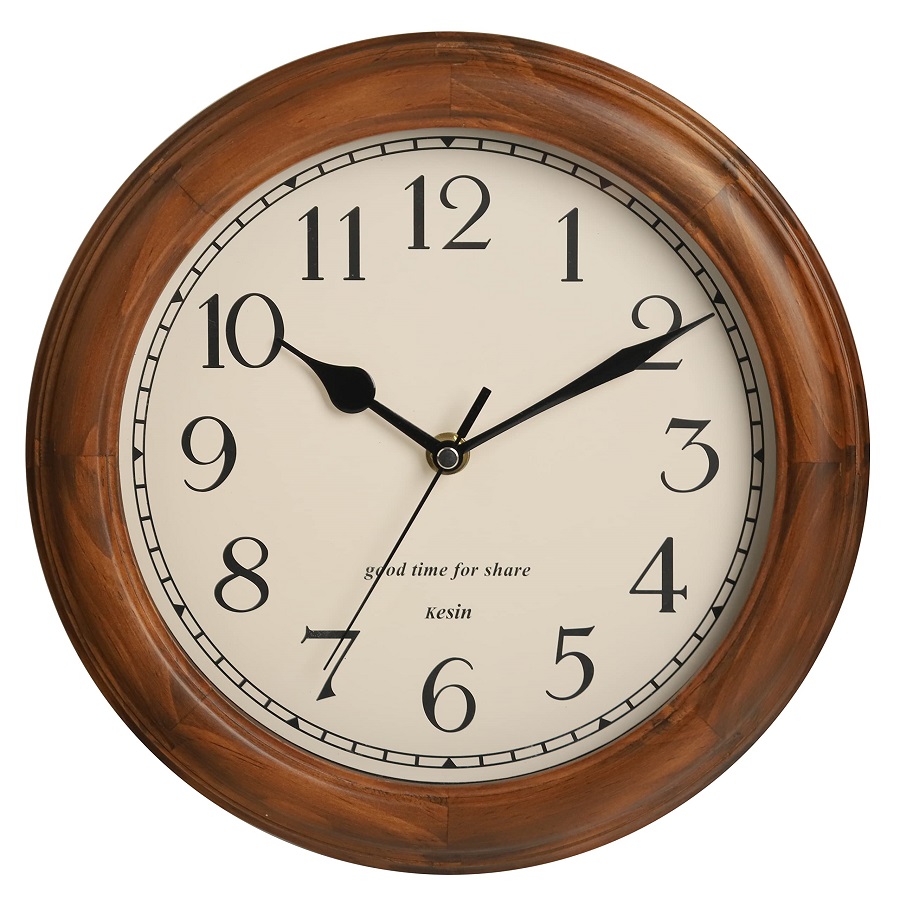 The Rise of Modernism
The Rise of Modernism
As we moved into the 20th century, design paradigms shifted. The Industrial Revolution influenced not just how clocks were made but also how they looked. The Bauhaus movement, which sought to integrate art and technology, encouraged simpler forms and functional designs. Wall clocks became less ornate and more utilitarian, reflecting a broader societal shift towards minimalism. This period saw the introduction of clocks made from innovative materials such as plastic and metal, allowing for a broader palette of shapes and colors.
The mid-20th century brought about the iconic designs of figures like George Nelson and Arne Jacobsen, who created wall clocks that were not just timekeepers but also pieces of art. Nelson’s “Ball Clock” and Jacobsen’s “Bankers’ Wall Clock” are prime examples of how form and function merged, ensuring that timekeeping was stylish and bold.
The Digital Age: High-Tech Timepieces
The advent of the digital era in the late 20th century revolutionized wall clocks once again. Digital displays offered precise timekeeping and quirky designs, incorporating elements like LED screens and smart technology. Digital wall clocks made it possible for users to integrate timekeeping into their modern lifestyle, with features like alarms, temperature readings, and even reminders.
Furthermore, smart home technology has transformed traditional wall clocks into smart clocks that can sync with other devices and integrate into our daily routines. As of today, you can find wall clocks that not only tell time but also act as weather stations, calendars, and systems for managing your digital life.
A Sustainable Future
In recent years, a growing awareness of sustainability is influencing wall clock design. Eco-friendly materials, such as bamboo and recycled metals, are increasingly used in clock manufacturing. Brands are experimenting with minimalist designs that require less energy or utilize alternative energy sources like solar power, reinforcing the urge to create a more sustainable planet.
The retro movement has also made waves in wall clock design, evoking nostalgia for traditional timekeeping while marrying it with modern sensibilities. Vintage and retro styles, characterized by bold colors and playful shapes, are now coveted in contemporary settings, demonstrating the circular nature of design trends.
Cultural Symbolism and Significance
Wall clocks have also taken on cultural significance beyond their utilitarian functions. They symbolize the passage of time, the importance of punctuality, and in some cultures, the embodiment of life’s rhythm. They serve as reminders of gatherings, family meals, and moments that are precious, making them invaluable objects in homes and societies.
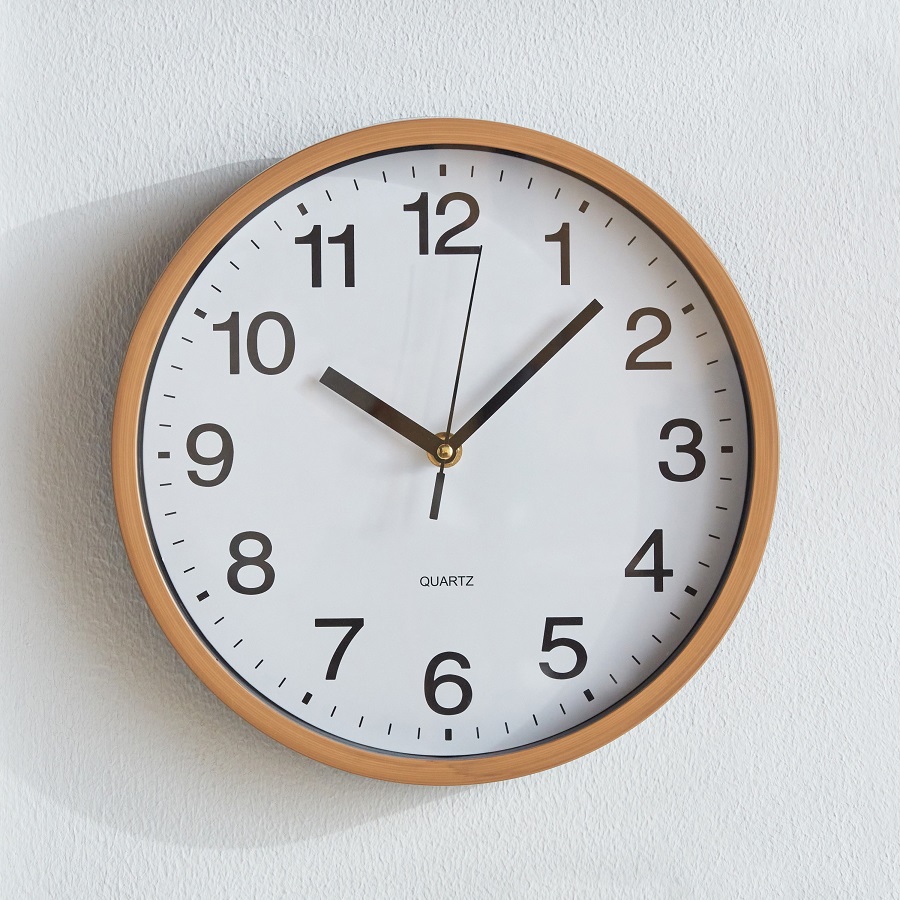 Aesthetic Appeal
Aesthetic Appeal
Statement Pieces
Wall clocks have transcended their functional origins to become statement pieces in interior design. With endless styles, shapes, and colors available, they can complement or dramatically change the feel of a room. The stark contrast of a sleek, modern clock made from polished metal can uplift a minimalist space, while an ornate vintage clock may add warmth and character to a traditional setting.
Design Trends
The latest interior design trends often embrace the philosophy of “less is more,” and a well-chosen wall clock can serve as an anchor in this aesthetic. For those favoring industrial design, a large, distressed clock with exposed gears can serve as an eye-catching focal point. In contrast, mid-century modern designs often favor simple, clean lines, making a muted, wooden clock an ideal choice.
Color Coordination
The color of a wall clock can either harmonize with or pop against the existing color palette. For instance, a bright, bold clock can act as an accent piece in a largely neutral room, providing a refreshing splash of color. On the other hand, a clock that boasts a colorway matching other decor elements—think cushions, artworks, or furniture—can create a cohesive look, reinforcing the principles of color theory in interior design.
Functional Aspects
Time Management and Productivity
In today’s fast-paced world, a wall clock serves the practical purpose of time management. Its presence in a space can encourage productivity, reminding us to stay punctual and adhere to schedules. In work-from-home setups, a wall clock can serve as a visual cue, prompting breaks and time management, thus establishing a healthy work-life balance.
Accessibility
Wall clocks provide an easy way to track time without needing to reach for a smartphone or tablet. Many people find that checking the time on a wall clock is quicker and less distracting compared to picking up a phone that may lead to endless scrolling. This helps to maintain focus and minimizes interruptions in both home and office environments.
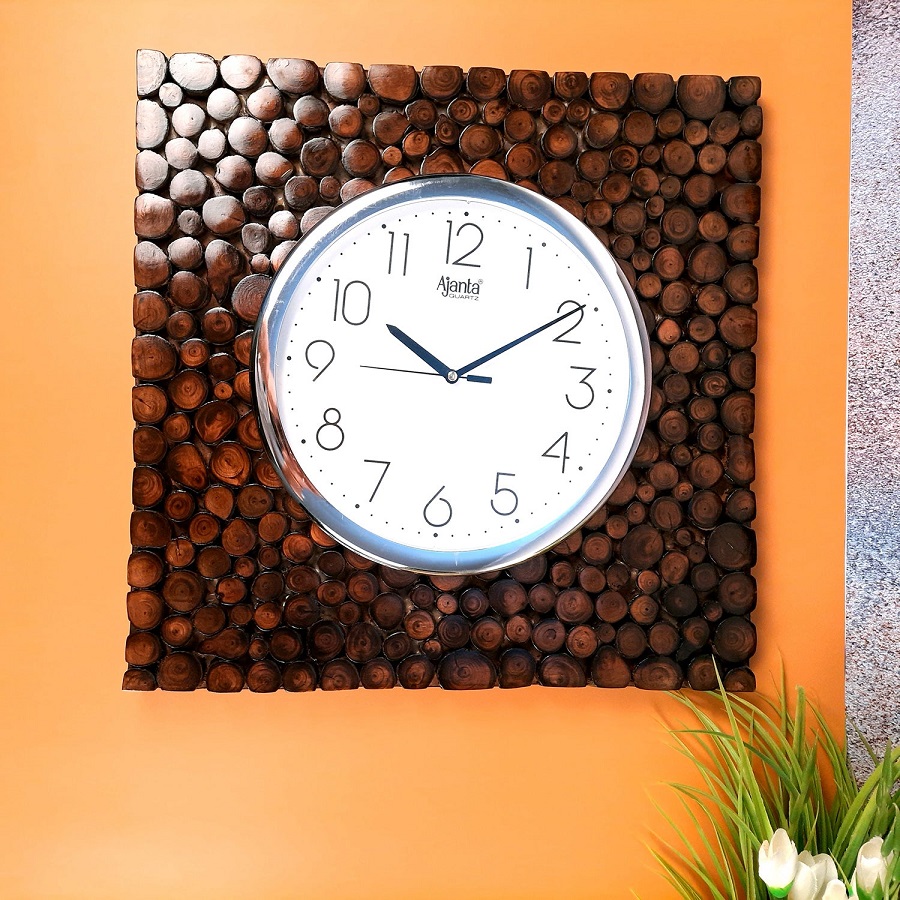 Creating Atmosphere
Creating Atmosphere
Evoking Mood
The right wall clock can evoke specific moods, enhancing the overall atmosphere of a space. In a child’s room, a clock decorated with playful elements can spark joy and imagination. In contrast, a sleek, minimalist clock can promote tranquility and focus in a home office. Aesthetic choices play a crucial role in setting the emotional tone, illustrating the powerful relationship between design and feelings.
Historical Context
Wall clocks have also served to tell stories. Vintage and antique clocks can bring a sense of history into the modern decor narrative, evoking nostalgia and warmth. These pieces often carry their own narratives, giving them a unique charm that resonates with the occupants of a home.
Practical Tips for Choosing Wall Clocks
Size and Placement
When selecting a wall clock, size matters. A clock that is too small may get lost on a vast wall, while an oversized piece can dominate a small space, leading to visual imbalance. Consider the scale of both the room and the wall when choosing your clock. Furthermore, the placement is crucial; ideally, a clock should be readily visible from frequently occupied areas such as the dining room or living room.
Material Considerations
The material of a wall clock can reflect personal taste and the style of decor. Wooden clocks add warmth and can complement other wooden elements in a room, while metal clocks infuse a modern edge. Glass or acrylic clocks can create a sense of lightness, often blending seamlessly into the background.
Mnemonic Value
Consider choosing a wall clock that resonates personally. If you love travel, a world clock showing multiple time zones can serve as an inspiring piece. An artistic clock showcasing famous landmarks might stimulate conversations with guests and serve as a reflection of your personality.
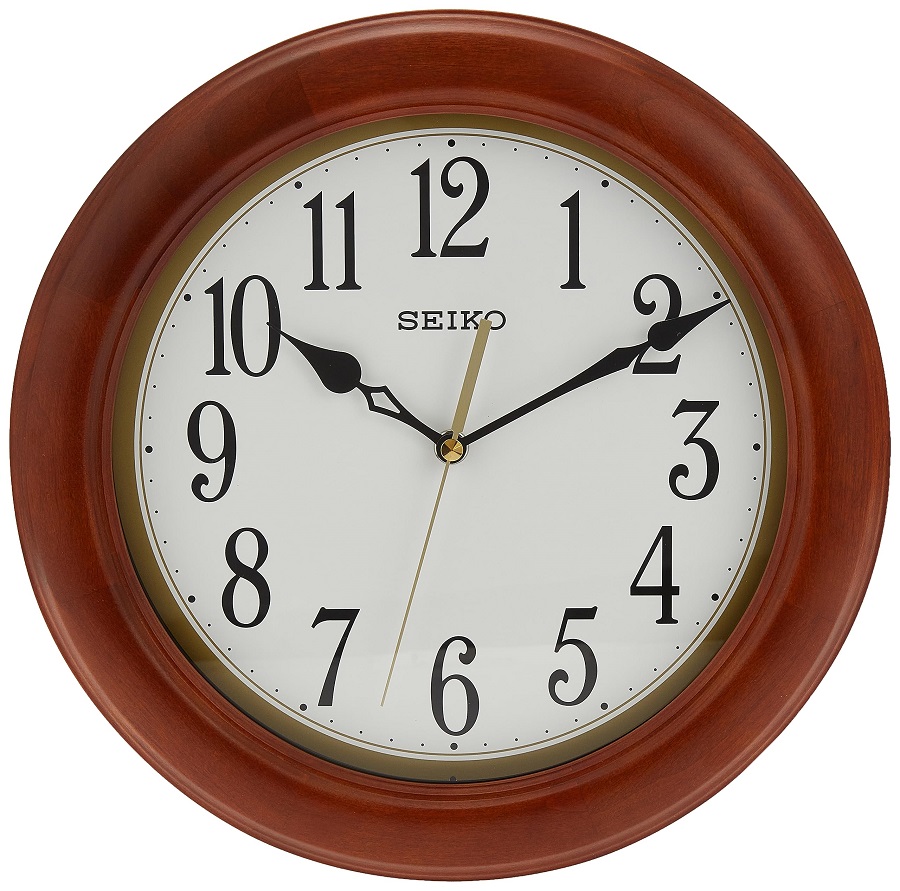 Conclusion: More Than Just Timekeepers
Conclusion: More Than Just Timekeepers
Wall clocks are not merely functional items; they are integral to the fabric of modern interior decor. They serve aesthetically as beautiful focal points and practically as vital tools for time management. Whether you seek to make a bold statement or prefer a more understated approach, the rules governing wall clocks in contemporary decor are versatile, providing endless opportunities to explore creativity and personal style.
The ticking of a clock is not just a reminder of passing time but a rhythmic pulse enhancing the livability and charm of our spaces. So, as you look to enhance your interior, consider not just the time, but the elegance, functionality, and emotional resonance a wall clock can bring to your home. After all, in the whirlwind of modern life, finding beauty in the mundane—such as a simple wall clock—can be a deeply enriching experience. Tick-tock indeed!
